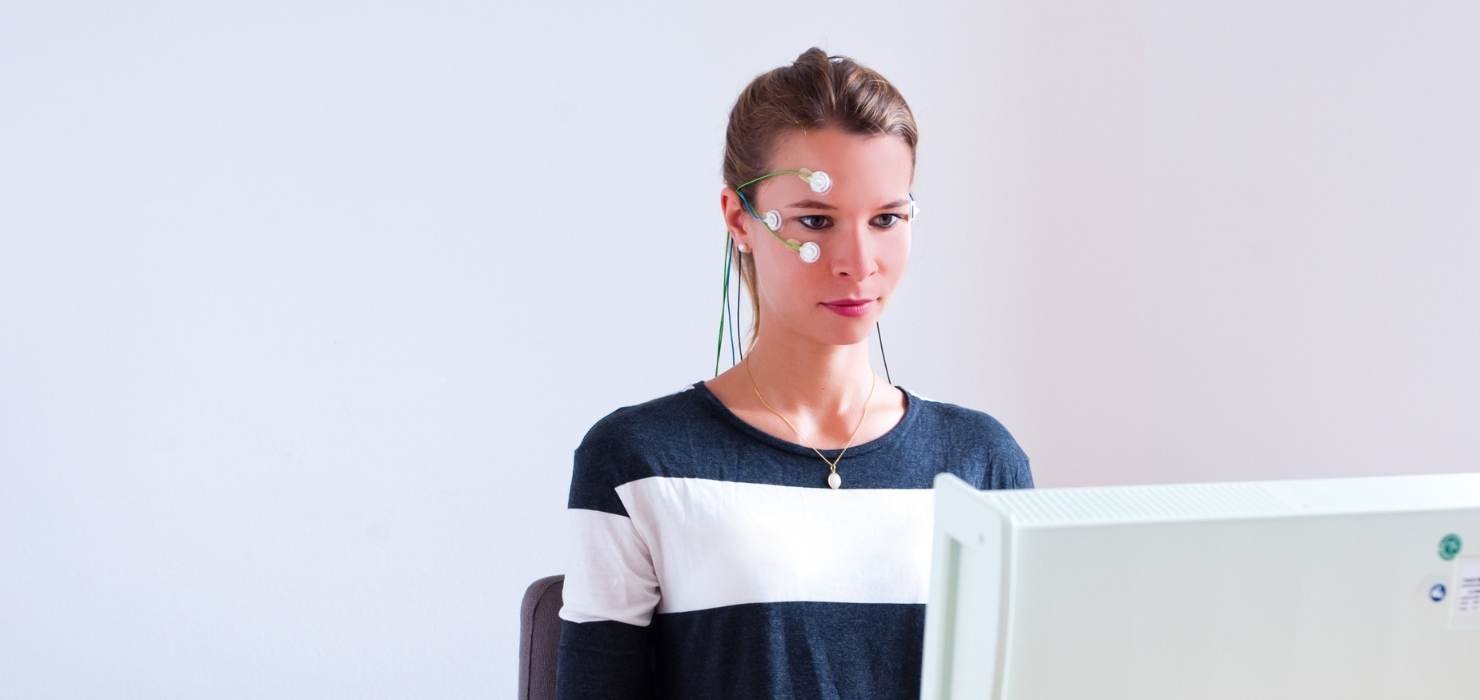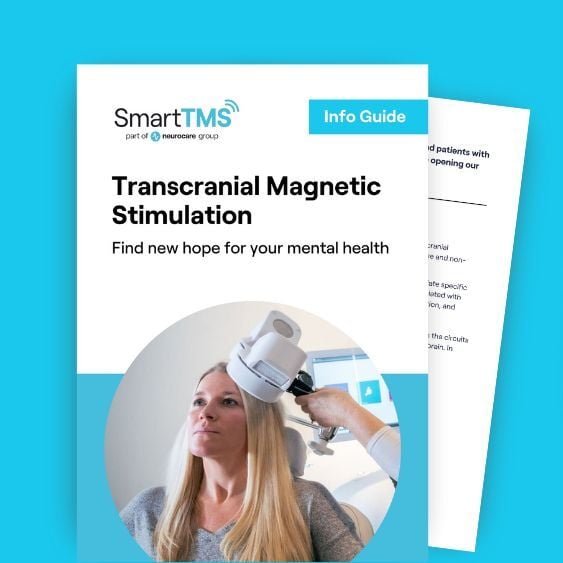Treating ADHD with Neurofeedback - the evidence
Neurofeedback uses proven technology to monitor and adjust brain activity as it happens. This approach helps improve focus, manage ADHD symptoms, and address sleep challenges, supporting better outcomes for individuals seeking meaningful change.

What is Neurofeedback?
Neurofeedback – also known as neurotherapy or EEG biofeedback – is a non-invasive, drug-free intervention that uses real-time monitoring of brain activity to help individuals learn to regulate their own neural functioning. By placing a series of sensors to select regions of the scalp, EEG devices measure the brain’s electrical signals and convert them into auditory and/or visual feedback, often presented through simple games or changing graphics. This feedback enables individuals to identify and gradually modify patterns of brainwave activity associated with a wide range of neuropsychiatric conditions, including ADHD. With time and practice, such changes can harness the brain’s capacity for neuroplastic adaptation and become more automatic and enduring, supporting improved day-to-day functioning.
Brainwave Patterns in ADHD
A substantial body of research has identified distinct neural signatures in individuals with ADHD, particularly within frontal and prefrontal regions of the brain responsible for planning, sustained attention, and inhibitory control. One of the most commonly observed electrical patterns in ADHD is an elevated theta-to-beta ratio. Theta waves (4–8 Hz), typically associated with drowsiness and mind-wandering, are often found in excess, whereas beta waves (13–21 Hz), which are linked to wakefulness and focused attention, tend to be significantly reduced. These imbalances are believed to underlie many of the attentional and behavioural difficulties observed in ADHD. Such neural characteristics represent a viable target for EEG neurofeedback, which aims to restore balance in brainwave activity.
How Neurofeedback May Help
For patients with the elevated theta-to-beta ratio pattern, neurofeedback is designed to train individuals to consciously shift their brain activity by increasing faster, more focused beta waves and reducing slower theta waves. There are several other EEG patterns that your clinician may identify via brain mapping (Quantitative EEG) to personalise the neurofeedback protocol to your EEG profile. Rather than a ‘one-size-fits-all’ approach, neurofeedback training is individualised to increase response rates in a method termed QEEG-informed neurofeedback. Through immediate, real-time feedback on their brainwave patterns, individuals can learn to achieve and sustain brain states associated with enhanced focus, reduced hyperactivity, and improved inhibitory control. Typically, 30 to 40 sessions are conducted over several weeks, using computer-based programs that reward the brain when it produces the desired patterns of activity. With repetition, these changes can become internalised, supporting better regulation of attention, behaviour, and emotional responses.
Scientific Evidence on Efficacy and Safety
A 2020 study by Krepel and colleagues examined the effectiveness of QEEG-informed neurofeedback in ADHD patients and demonstrated 55% remission rates, that is, patients no longer fulfilled criteria for ADHD diagnosis following treatment. The results also demonstrated significant and clinically meaningful reductions in core ADHD symptoms, with response rates of 85% (more than 25% reduction in symptoms) and 70% (more than 50% reduction in symptoms), indicating a strong therapeutic potential for neurofeedback in ADHD.
In terms of its safety, the same meta-analysis reported no serious adverse events. Minor side effects – such as transient fatigue or mild headache – were occasionally noted but generally resolved quickly without any need for clinical intervention. These findings support neurofeedback as a safe and well-tolerated treatment option.
Conclusion
Neurofeedback is an evidence-based treatment option for adults with ADHD that offers a non-pharmacological alternative to traditional therapies. Research to date, including high-quality meta-analyses, suggests that neurofeedback can produce significant improvements in attention, impulse control, and overall symptom severity in adult populations. With a strong safety profile and growing support from clinical research, it represents a promising component of a multimodal approach to managing ADHD.
At Smart TMS, we recommend that individuals undergo a comprehensive assessment by our team of qualified treating clinicians to determine the most appropriate treatment for their specific needs. In cases where conventional treatments (such as medication or cognitive-behavioural therapy) are ineffective, poorly tolerated, or not preferred, neurofeedback may be considered as a viable adjunctive therapy.

Dr Leigh A Neal MB BCh FRCPsych MRCGP MD
Consultant in Psychiatry and Neuromodulation
Founder of Smart TMS










